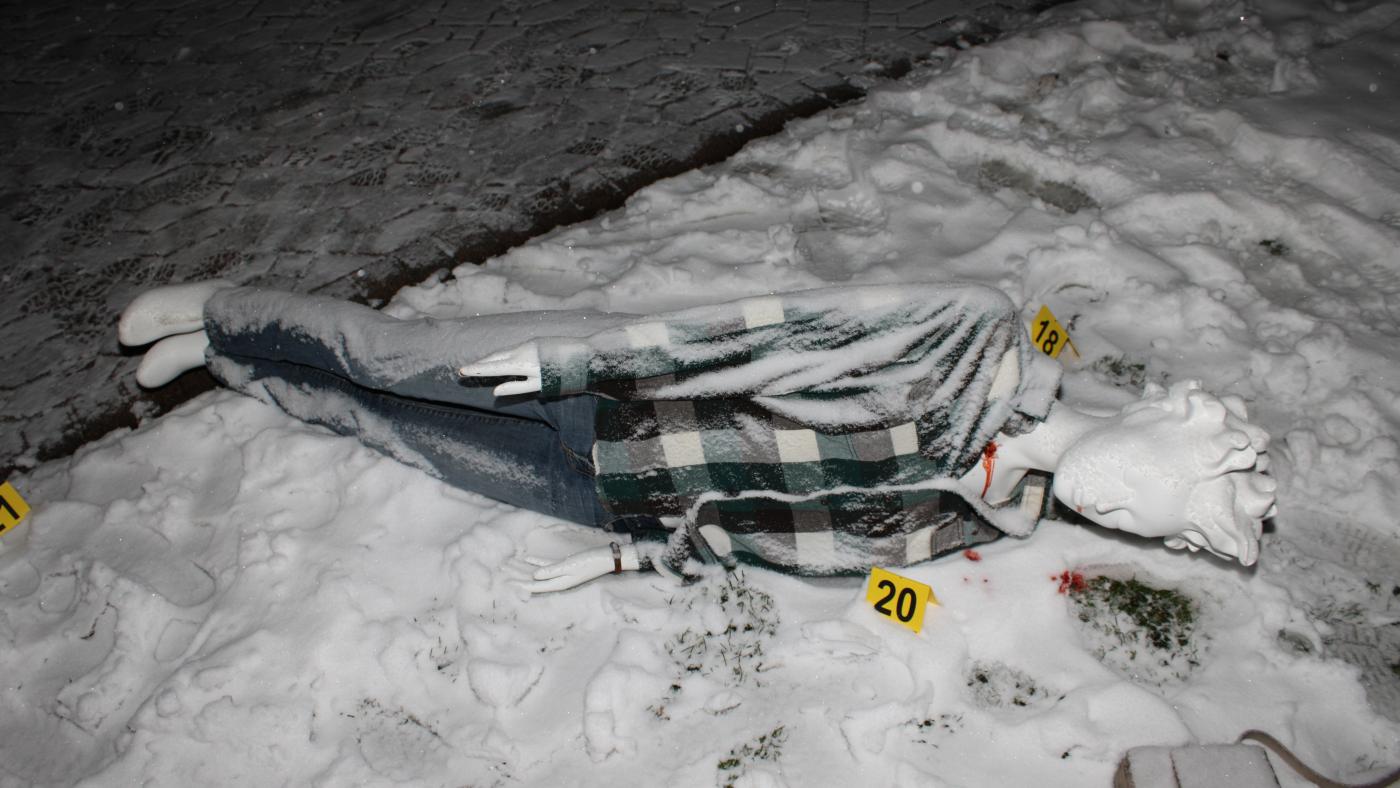Exploring Crime Scene Evidence Through Photographs
The exploration of crime scene evidence through photographs is a critical aspect of forensic science. Crime scene photography plays a pivotal role in capturing vital details that can make or break an investigation. In this article, we delve into the intricate world of crime scene photography, the techniques involved, and the significance of these images in the legal process. By understanding the importance and methodology behind crime scene photography, we can appreciate its role in ensuring justice is served.
Crime scene photos serve as a visual record of the scene at a specific moment in time, allowing investigators, juries, and the public to understand the circumstances surrounding a crime. Every detail captured in these photographs can provide crucial evidence, from the position of the victim to the arrangement of objects in the environment. Therefore, mastering the art and science of crime scene photography is essential for any forensic investigator.
In this comprehensive article, we will cover various facets of crime scene photography, including its purpose, techniques, legal implications, and case studies that highlight its importance. We aim to provide a well-rounded understanding of how these photographs contribute to solving crimes and the ethical considerations involved in their use.
Table of Contents
- 1. Purpose of Crime Scene Photography
- 2. Techniques in Crime Scene Photography
- 3. Legal Implications of Crime Scene Photos
- 4. Notable Case Studies
- 5. Challenges in Crime Scene Photography
- 6. Technology in Crime Scene Photography
- 7. Ethical Considerations
- 8. Conclusion
1. Purpose of Crime Scene Photography
The primary purpose of crime scene photography is to create a detailed and accurate visual record of the scene. This serves several critical functions:
- Preserves the scene for future reference.
- Documents evidence that may be altered or removed.
- Assists in the reconstruction of events.
- Provides visual evidence for court proceedings.
Crime scene photos can help convey the context and details of the crime, allowing investigators to piece together what happened even if witnesses are not available.
2. Techniques in Crime Scene Photography
Crime scene photography requires specific techniques to ensure accuracy and clarity. Here are some essential methods:
2.1 Equipment
- DSLR or mirrorless cameras for high-quality images.
- Tripods to stabilize the camera for longer exposures.
- Macro lenses for close-up shots of evidence.
- Lighting equipment, including flash and reflectors.
2.2 Composition
Photographers should follow specific composition rules, such as:
- Rule of thirds to make images more engaging.
- Wide shots to capture the entire scene.
- Close-ups for detailed evidence.
2.3 Documentation
Every photograph should be accompanied by proper documentation, including:
- Date and time of the photograph.
- Type of evidence being recorded.
- Location details.
3. Legal Implications of Crime Scene Photos
Crime scene photographs can have significant legal implications, including:
- Admissibility as evidence in court.
- Influencing jury perceptions.
- Potential privacy concerns for victims and witnesses.
Understanding the legal framework surrounding these images is crucial for forensic professionals to ensure compliance with the law.
4. Notable Case Studies
Several high-profile cases highlight the importance of crime scene photography:
- The O.J. Simpson Trial: Crime scene photos played a vital role in the prosecution and defense strategies.
- The JonBenét Ramsey Case: Photographs from the crime scene were scrutinized for evidence and context.
These cases illustrate how crime scene photos can significantly impact the outcomes of criminal trials.
5. Challenges in Crime Scene Photography
Crime scene photographers face various challenges, including:
- Environmental conditions (lighting, weather).
- Emotional stress from witnessing traumatic scenes.
- Maintaining objectivity and professionalism.
Overcoming these challenges is essential for capturing accurate and reliable evidence.
6. Technology in Crime Scene Photography
Advancements in technology have transformed crime scene photography:
- Digital cameras allow for immediate review and adjustments.
- 3D imaging technology provides a comprehensive view of the scene.
- Software for image analysis aids in evidence evaluation.
These technological innovations enhance the effectiveness and accuracy of crime scene documentation.
7. Ethical Considerations
Ethical considerations in crime scene photography are paramount. Photographers must navigate issues such as:
- Respecting the dignity of victims and their families.
- Maintaining confidentiality and avoiding sensationalism.
- Ensuring the integrity of evidence and documentation.
Adhering to ethical guidelines is crucial for maintaining public trust in the justice system.
8. Conclusion
In conclusion, crime scene photography is an indispensable tool in forensic science, serving to document evidence and provide context for investigations. By understanding the techniques, legal implications, and ethical considerations involved, we can appreciate the critical role these photographs play in the pursuit of justice. As technology continues to evolve, so too will the methods and standards of crime scene photography.
We invite you to share your thoughts on the importance of crime scene photography or any experiences you'd like to discuss in the comments section below. If you found this article informative, consider sharing it with others who may benefit from this knowledge.
Thank you for reading! We look forward to seeing you again for more insightful articles.
Patsy Ramsey: A Deep Dive Into The Life And Legacy Of A Remarkable Woman
Understanding The Gypsey Rose Mom Crime Scene Photo: A Deep Dive Into A Complex Case
Understanding Alex Wagner's Mother: A Deep Dive Into Her Influence And Legacy


